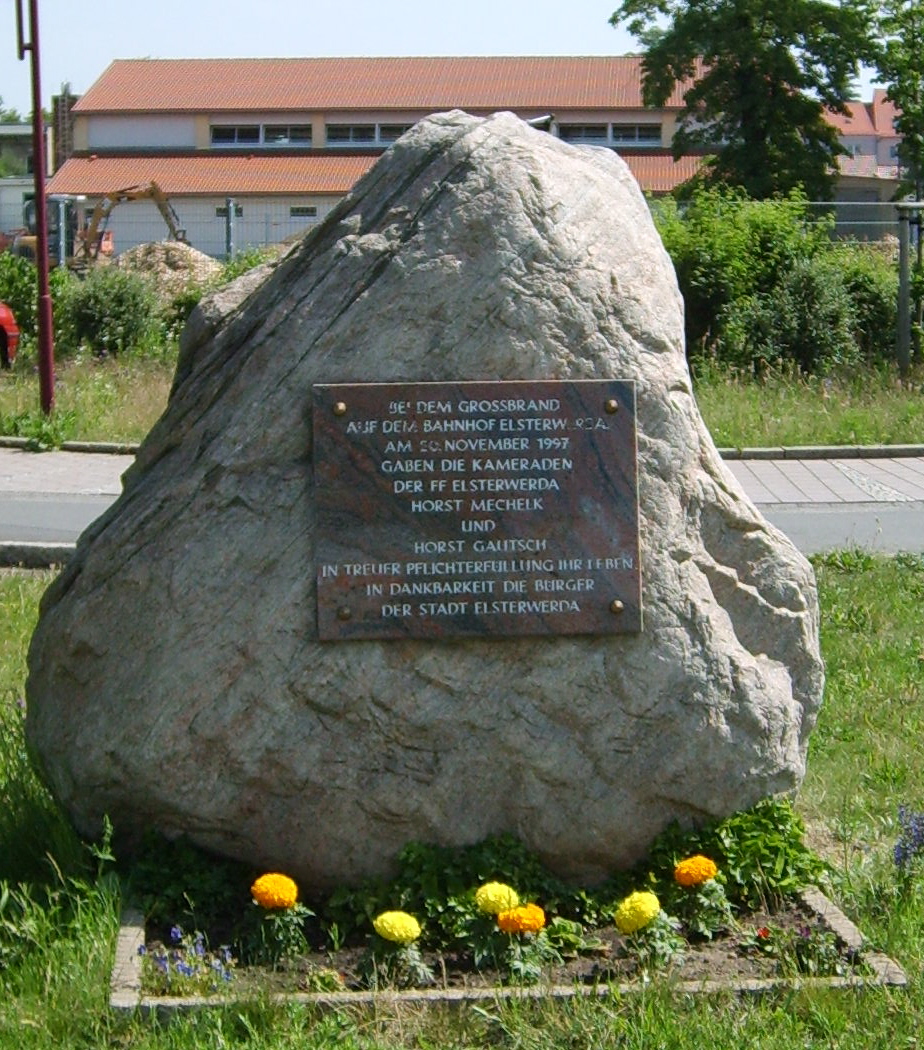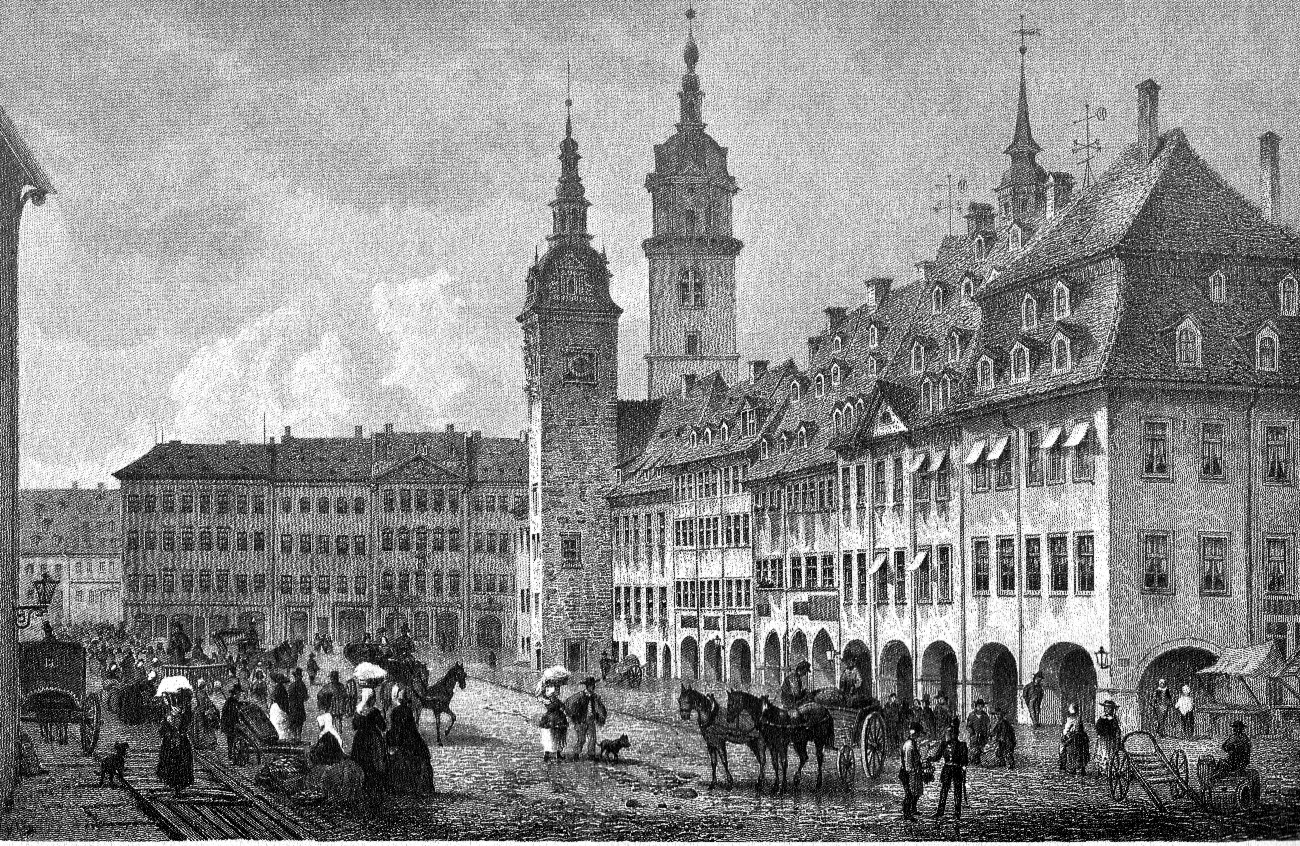|
Zeithain–Elsterwerda Railway
The Zeithain–Elsterwerda railway, also known as the Riesa–Elsterwerda railway, is a two-track, electrified main line in the German states of Saxony and Brandenburg, which was originally built and operated by the Leipzig–Dresden Railway Company (''Leipzig-Dresdner Eisenbahn-Compagnie''). It runs from Riesa via Bogendreieck Zeithain to Elsterwerda on the Berlin–Dresden railway. The line is part of the long-distance line between Chemnitz and Berlin. History Since 1872, a connection from Riesa to Elsterwerda had been considered useful by various private railway companies, such as the Berlin-Dresden Railway. The Leipzig-Dresden Railway was particularly interested in extending its route network to the north. It was considered that a projected connection from Moldova (German: Moldau) via Freiberg and Nossen to Riesa would create an attractive route for the transport of Bohemian coal to Prussia. The project was authorised by a treaty between Prussia and Saxony on 26 August 1 ... [...More Info...] [...Related Items...] OR: [Wikipedia] [Google] [Baidu] |
Elsterwerda Station
Elsterwerda station is in the town of Elsterwerda in the German state of Brandenburg. It lies on the Berlin–Dresden railway. The station is known for a train crash in 1997, when a freight train with 22 petrol tankers derailed and exploded on the station premises. Infrastructure The station has had three platform edges since its reconstruction in the 1990s: *the main platform next to the station building, which is 300 m long and 55 cm high, *an island platform, which is 300 m long and 38 cm high. An underpass that is reached by stairs connects the island platform with the main platform. History Friedrich Jage, a master mason and later an honorary citizen of Elsterwerda, built the then three-storey station building according to the specifications of the Berlin-Dresden Railway Company (''Berlin-Dresdener Eisenbahn-Gesellschaft'') in "American"-style timber construction. The station was opened with the Berlin-Dresden railway on 17 June 1875 without a public openin ... [...More Info...] [...Related Items...] OR: [Wikipedia] [Google] [Baidu] |
Berlin
Berlin ( ; ) is the Capital of Germany, capital and largest city of Germany, by both area and List of cities in Germany by population, population. With 3.7 million inhabitants, it has the List of cities in the European Union by population within city limits, highest population within its city limits of any city in the European Union. The city is also one of the states of Germany, being the List of German states by area, third smallest state in the country by area. Berlin is surrounded by the state of Brandenburg, and Brandenburg's capital Potsdam is nearby. The urban area of Berlin has a population of over 4.6 million and is therefore the most populous urban area in Germany. The Berlin/Brandenburg Metropolitan Region, Berlin-Brandenburg capital region has around 6.2 million inhabitants and is Germany's second-largest metropolitan region after the Rhine-Ruhr region, as well as the List of EU metropolitan areas by GDP, fifth-biggest metropolitan region by GDP in the European Union. ... [...More Info...] [...Related Items...] OR: [Wikipedia] [Google] [Baidu] |
Bundesstraße
''Bundesstraße'' (, ), abbreviated ''B'', is the denotation for German and Austrian national highways. Germany Germany's ''Bundesstraßen'' network has a total length of about 40,000 km. German ''Bundesstraßen'' are labelled with rectangular yellow signs with black numerals, as opposed to the white-on-blue markers of the '' Autobahn'' controlled-access highways. ''Bundesstraßen'', like autobahns (''Autobahnen''), are maintained by the federal agency of the Transport Ministry. In the German highway system they rank below autobahns, but above the '' Landesstraßen'' and '' Kreisstraßen'' maintained by the federal states and the districts respectively. The numbering was implemented by law in 1932 and has overall been retained up to today, except for those roads located in the former eastern territories of Germany. One distinguishing characteristic between German ''Bundesstraßen'' and ''Autobahnen'' is that there usually is a general 100 km/h (62 mph) s ... [...More Info...] [...Related Items...] OR: [Wikipedia] [Google] [Baidu] |
Riesa–Chemnitz Railway
The Chemnitz–Riesa railway is a two-track and electrified mainline railway in the German state of Saxony, originally built and operated by the ''Chemnitz-Riesa Railway Company''. The line was opened between 1847 and 1852 and is one of the List of the first German railways to 1870, oldest railways in Germany. The line runs from Riesa railway station, Riesa via Döbeln Hauptbahnhof, Döbeln to Chemnitz Hauptbahnhof, Chemnitz and is part of the Berlin–Chemnitz route. History In 1837, plans were submitted for a rail link from Riesa, a major freight hub on the Elbe river, to Chemnitz and on to Zwickau, which was significant as a coal-producing region. After the Leipzig–Dresden railway was opened, connecting the industrial city of Chemnitz to Leipzig and Dresden, even if it involved a detour via Riesa, was given the highest priority. On 9 May 1845 construction started and progressed rapidly on the northern section from Riesa to Döbeln. The line was officially opened on 30 Aug ... [...More Info...] [...Related Items...] OR: [Wikipedia] [Google] [Baidu] |
Chemnitz
Chemnitz (; from 1953 to 1990: Karl-Marx-Stadt (); ; ) is the third-largest city in the Germany, German States of Germany, state of Saxony after Leipzig and Dresden, and the fourth-largest city in the area of former East Germany after (East Berlin, East) Berlin, Leipzig, and Dresden. The city lies in the middle of a string of cities sitting in the densely populated northern Ore Mountain Foreland, foreland of the Elster Mountains, Elster and Ore Mountains, stretching from Plauen in the southwest via Zwickau, Chemnitz and Freiberg to Dresden in the northeast, and is part of the Central German Metropolitan Region. Located in the Ore Mountain Basin, the city is surrounded by the Ore Mountains to the south and the Central Saxon Hills, Central Saxon Hill Country to the north. The city stands on the Chemnitz River, which is formed through the confluence of the rivers Zwönitz (river), Zwönitz and Würschnitz in the borough of Altchemnitz. The name of the city as well as the names o ... [...More Info...] [...Related Items...] OR: [Wikipedia] [Google] [Baidu] |
East Germany
East Germany, officially known as the German Democratic Republic (GDR), was a country in Central Europe from Foundation of East Germany, its formation on 7 October 1949 until German reunification, its reunification with West Germany (FRG) on 3 October 1990. Until 1989, it was generally viewed as a communist state and described itself as a Socialist state, socialist "workers' and peasants' state". The Economy of East Germany, economy of the country was Central planning, centrally planned and government-owned corporation, state-owned. Although the GDR had to pay substantial war reparations to the Soviets, its economy became the most successful in the Eastern Bloc. Before its establishment, the country's territory was administered and occupied by Soviet forces following the Berlin Declaration (1945), Berlin Declaration abolishing German sovereignty in World War II. The Potsdam Agreement established the Soviet occupation zone in Germany, Soviet-occupied zone, bounded on the east b ... [...More Info...] [...Related Items...] OR: [Wikipedia] [Google] [Baidu] |


